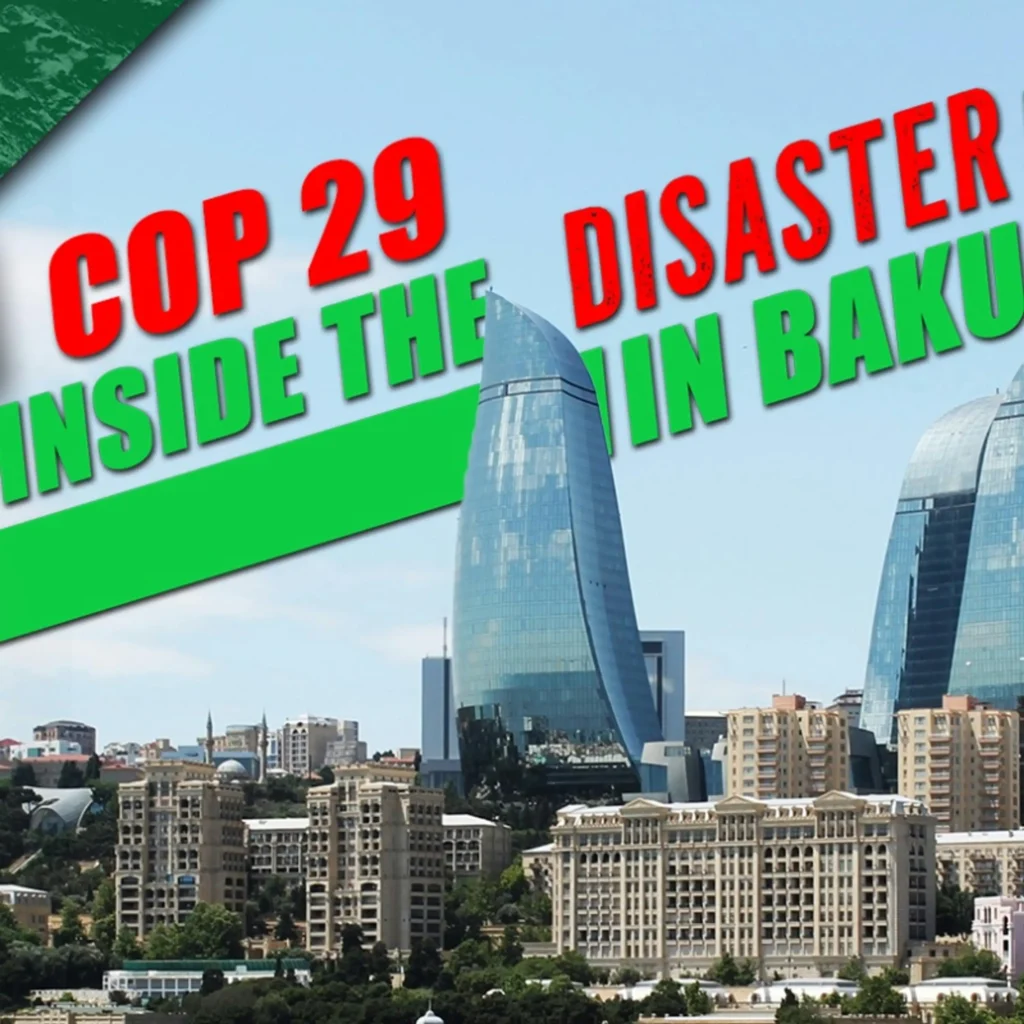High taxes, record debt, underfunded pensions, notorious corruption, and an ongoing urban crime problem are only a few of Illinois’ most pressing problems. But, inexplicably, new Illinois Gov. J.B. Pritzker has decided to focus much of his attention toward global warming instead of tackling the many serious issues facing the state.
On January 23, Pritzker signed a document titled “Executive Order Joining the U.S. Climate Alliance and Committing to the Principles of the Paris Climate Agreement.” The U.S. Climate Alliance consists of 18 state governors working toward reducing greenhouse gas emissions and installing wind and solar power. Even though President Donald Trump announced in 2017 that America will withdraw from the Paris Agreement on climate change, Pritzker’s order commits Illinois to the Climate Alliance’s targets, including imposing “policies that advance the goals of the Paris Agreement, aiming to reduce greenhouse gas emissions by at least 26-28 percent below 2005 levels by 2025.”
The Chicago Tribune reported on January 23 that Pritzker said at a news conference announcing the signing, “Today we’re here to make clear that this administration will stand on the side of science and of reason.” But, unfortunately, the governor’s executive order is not supported by solid science—or even common sense.
Earth’s climate has constantly changed throughout its 4.6 billion-year history. Variations in our planet’s average temperature due to natural causes have ranged over a span of 60 degrees Fahrenheit. Most of the periodic temperature increases and decreases observed in human history are consistent with variations in the output of energy from the Sun, not anthropogenic (human-caused) production of greenhouse gases.
According to the NASA Goddard Institute for Space Studies, Earth has warmed a mere 2 degrees Fahrenheit globally since 1880, even though some have claimed there has been a 44 percent rise in atmospheric carbon-dioxide (CO2) concentrations during the same period. If humanity’s carbon-dioxide emissions have been causing warming, the effect has been minimal.
Perhaps more importantly, this modest warming has been a welcomed relief after centuries stuck in the Little Ice Age, when poverty, famine, war, and disease were commonplace. The rise in CO2, an essential ingredient in plant photosynthesis, has been largely beneficial for humans, animals, and plants, boosting crop yields worldwide.
Some say these gains are more than offset by global-warming-induced extreme weather, but the extreme weather database of the National Climate Data Center reveals that extreme weather state records are spread out throughout the past century, with no recent increase. The record high temperature for the United States was 134 degrees F in Death Valley, California on July 10, 1913, when fossil-fuel emissions were negligible compared to today’s emissions. The strongest heat wave recorded in the United States occurred in July 1936, generating record high temperatures in half of America’s 50 states. The number of cities reaching 90 degrees F in any given year has been declining for decades.
Despite all these facts, Pritzker told reporters recently, “We’re already experiencing the damaging effects of climate change, and the challenges we face require immediate action.” Illinoisans are justified to ask the governor to identify where significant anthropogenic climate change-caused “damaging effects” are taking place; they are certainly not present in the real world.
The governor is apparently basing his decision on computerized climate models, for that is the only place where carbon-dioxide (CO2)-driven global warming is a serious threat. Despite government expenditures totaling approximately $6 billion on these models over the past 20 years, with the exception of a Russian model which was fully “tuned” and accidentally matched observational data, none have made correct forecasts. This is because climate science is so immature that we do not know which mathematical equations to program into the computer models.
Pritzker also ignores the fact that even if the computer model forecasts were meaningful, the actions of his state, or even the whole country, would have virtually no impact on global climate—in part because China, now the world’s largest CO2 emitter, need not limit emissions until 2030 under the Paris Climate Agreement. These efforts would also have no significant impact on climate because developing countries effectively have an opt-out clause in the U.N. Framework Convention on Climate Change (UNFCCC), the document on which the Paris Climate Agreement is based.
According to UNFCCC Article 4, “economic and social development and poverty eradication are the first and overriding priorities of the developing country Parties.” This implies that these countries can use as much inexpensive fossil fuels as they feel they need to properly address their development priorities, regardless of hypothesized climate change impacts. Developed nations do not have this option.
Illinoisans should not tolerate their new governor devoting attention and tax dollars to this fictitious problem. Pritzker’s agenda would dramatically increase energy costs, reduce consumer choice, and accomplish no climate benefits whatsoever.






